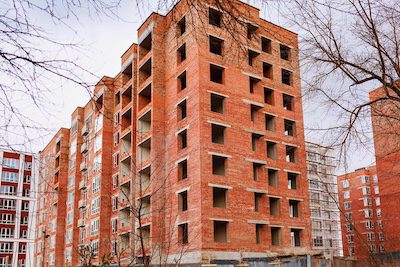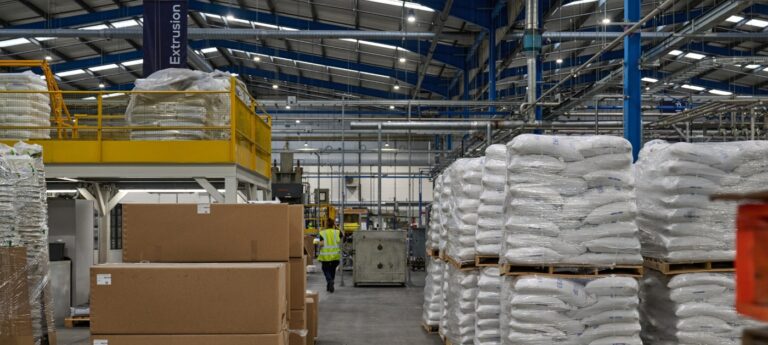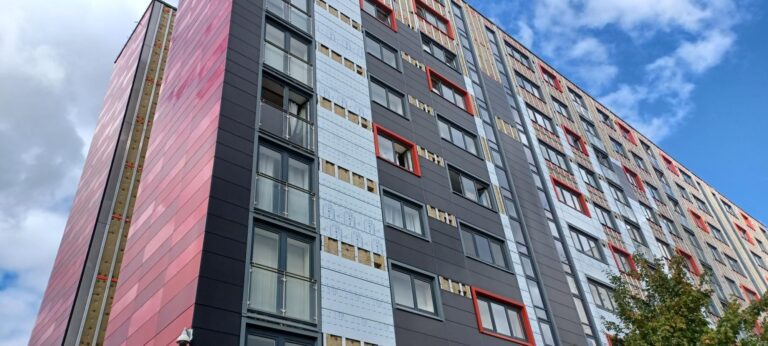Why early fire protection planning Is your project's best insurance
Fire protection is one of the most important building project elements, yet somehow it sometimes receives less attention at the very beginning of any building process.
This only leads to complications, delays, and cost overruns when the project is already well underway. Early engagement in the installation of fire protection ensures that projects stay on course with current regulations and avoid last-minute setbacks that tend to blow up timelines.
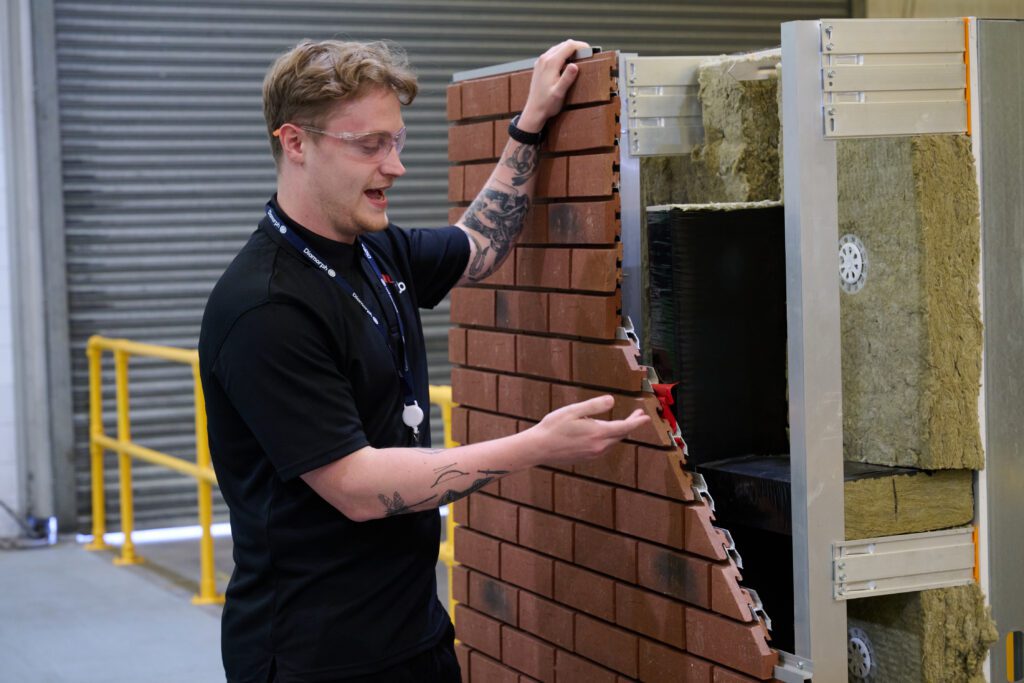
Why fire protection is crucial in building projects
Fire protection in the field of construction is not something to be compromised. It is fundamental to life and property safety, and it is also an integral part of legal and insurance requirements. Fire protection systems, such as fire barrier systems, fire-rated doors, and fire-stopping products, have to be meticulously specified to ensure integration into the building design with as little disruption as possible.
If a project does not put fire protection into consideration early enough, it may result in major hold-ups. No construction process can be in full swing unless fire protection is assured in its designing stage. Fire protection installation is tested stringently and is strictly conditioned to comply with all building standards. A building failing the fire safety checks may lead to huge delays of projects, attracting fines, or even costlier changes.

Common issues when fire protection is addressed late
Construction schedule delays: Fire protections that have been planned late in the process, especially those for retrofitting, can severely delay the construction timetable. Most of the late installations of fire protection require retrofitting against early integration, which is costly. If fire protection is addressed too late, it will be difficult to coordinate with other structural and mechanical systems.
Benefits of early planning for fire protection
Fire protection in the earliest stages of planning offers a multitude of advantages. Early engagement in fire protection systems makes sure they will be included in the project’s design on time. In this respect, the advantages are that it can help avoid costly mistakes, inhibit last-minute redesigns, and allow the project to move ahead on schedule.
One of the major benefits of early fire protection planning is cost savings. Early on, there are more cost-effective solutions to addressing fire safety rather than having to pay for expensive retrofits or emergency installations. This also ensures that fire protection products can be tailored and even specifically tested to meet the needs of a project without compromising either safety or design.
Challenges in retrofitting fire protection systems
The retrofitting of a fire protection system into an already developing project is complicated and costly.
Complex system modifications
Installing systems after construction dramatically increases workforce expenses.
High labor costs
Installing systems after construction dramatically increases workforce expenses
Extended project delays
Late-stage fire system changes can significantly impact completion timelines
Strict compliance hurdles
Meeting regulations becomes more challenging with retrofit installations
Structural disruptions
Existing building features often need costly alterations to accommodate systems
Fire protection products that require early consideration
Certain fire protection products need to be factored into the design of the project early enough so as not to cause delays and ensure safety standards. This would include cavity fire barriers, barriers for brick-slip systems and facades, fire-resistant doors, and other materials that would need testing and certification for use in certain applications. When those products are integrated at the design phase into the project, they seamlessly fit into the overall structure and serve their purpose.
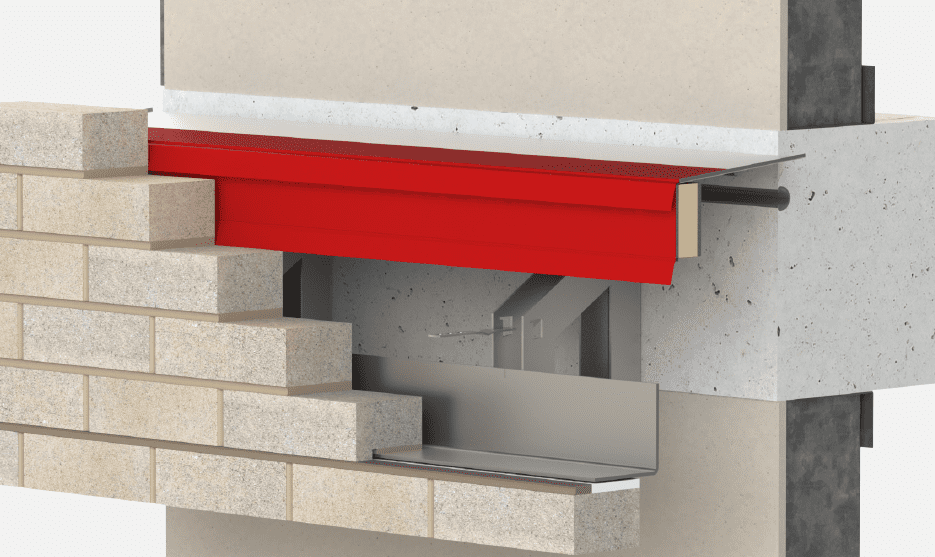
Why fire protection products are in need of testing for new applications
Some projects involve either bespoke designs or are produced using non-standard materials, and so it is necessary for fire protection products to be tested on the intended application in order to confirm that they work. Most unique projects call for bespoke solutions that will definitely require rigorous testing in order to meet the Fire Safety requirements. It is a very important step towards ensuring fire protection products work exactly as they should in real life – a way to give confidence to both the project team and regulators that indeed the building is fire-safe.
Custom Fire Protection Solutions for Projects
Such complicated and complex projects of buildings very often demand bespoke fire protection solutions, where series productions will not be able to meet the specification requirements. Early engagement allows fire protection experts to take accurate measurements and develop customised fire protection products to fit the unique needs of projects. Customising fire-resistant materials or creating innovative fire barriers, customisation ensures that fire protection systems meet effectiveness and compliance with safety regulations.
How early engagement reduces costs and delays
Early engagement in fire protection not only helps reduce delays but also reduces overall project costs. By bringing up fire protection early in the planning, project teams are able to avoid last-minute costly redesigns and retrofitting. Early engagement with fire protection experts also ensures that products are ordered on time for delivery and, therefore, will not cause installation delays that might disrupt a construction schedule. Early involvement ensures proper budgeting without the risk of unexpected expenses at the tail end of the project.
Ways to ensure fire protection is ready for construction projects
The retrofitting of a fire protection system into an already developing project is complicated and costly.
Pre-construction fire protection evaluations
Proper evaluations at the beginning of the project ensure all the needs related to fire protection have been ascertained and taken care of.
Scheduling product testing and certification
Products such as fire barriers or fire doors require testing in order to validate performance. Early scheduling of these tests in advance ensures that the fire protection systems meet the regulatory standards before installation.
Plan installation timelines along with the construction schedule
Integrating fire protection systems into an overall construction timeline avoids last-minute delays and ensures all components are installed at the right stages.
The role of fire protection toward project milestones
Fire protection represents a significant component of the milestones achieved for the project. Many building inspectors and regulators will necessitate that fire protection systems be installed and certified before allowing further construction on specific parts of a building. With early planning regarding fire protection, project teams are assured of attaining these crucial milestones on time without being faced with costly delays. Second, it allows for greater coordination with other safety systems-sprinklers and smoke alarms that complement the system of fire protection.
The long-term benefits of effective fire protection systems
Long-term benefits of effective fire protection systems will not only enhance safety but also bring significant cost benefits.
The insurance premium for those buildings with comprehensive fire protection systems installed is normally lower, with reduced maintenance costs. Appropriately installed and tested fire protection systems also enhance a building’s sustainability and operational efficiency, making it more appealing to tenants or buyers in the long run.

Practical advice for developers and contractors on how to go about early fire protection planning
- Engage fire protection professionals early in the planning of all the requirements of fire safety. By involving Tenmat at the beginning of your project, we can assist in advising which products are right and essential for your build. We can even arrange for tailored testing to ensure our passive fire protection solutions are compliant within a specific application.
- Key Considerations during the Design and Planning Phase: Allow the fire protection systems to be one of the considerations, as in other building elements, such as electrical and plumbing, to avoid conflicts.
- Coordinate with the manufacturers for delivery on time: Ensure timely orders and deliveries of the fire protection products to avoid installation delays.

Installation and planning trends
The fire protection industry is an ever-evolving domain where almost every other day, a new technology or innovation pops up that helps improve the domains of both safety as well as efficiency.
Key trends in fire protection include smart integration using sensors and automation to monitor fire risks in real time. Further innovative fire-resistant materials enable flexible and sustainable fire protection solutions. With these technologies, early engagement in fire protection planning is increasingly imperative, while ensuring buildings are fitted with the latest in fire safety systems.
Engaging with Tenmat at the early stages of project design is crucial. Specifications developed through the RIBA Plan of Work are vital for controlling construction quality. The Building Safety Act outlines key principles that must be reflected in specification development.
This act introduces requirements for information control at three project stages, including planning permission, building control approval, and completion certificate application. The specification plays a pivotal role in these stages, influencing design decisions and product selections.
Early-stage decisions can impact safety, durability, and fire integrity. Any amendments requiring approval or deemed ‘notifiable’ can have significant cost and time implications. Therefore, considering fire strategy decisions early on is essential to avoid project disruptions.
Combining our key manufacturing capabilities along with our unrivalled third party test evidence with a multitude of substrates and façade systems, your specification for passive fire protection couldn’t be in safer hands.
Adam Taylor
National Specification Manager

FAQs
Early engagement can only ensure that any fire protection systems are integrated into design without timescale delays, expensive retrofits, and threatening compliance with fire safety regulations.
This will lead to great delays, increased costs because of retrofitting, and interference with other systems that may be installed. Great interferences from other systems that may be installed can also occur.
Among the products that require early planning for proper installation and to meet the requirements are fire barriers, fire-rated doors, and bespoke fire-resistant materials.
Testing ensures that the fire protection products meet the needed safety standards to work as it should be under the conditions of the project.
It helps in the elimination of very costly redesigns, retrofitting and installation delays.
In the long term, fire protection systems reduce insurance premiums, reduce maintenance, increase building safety, and end








